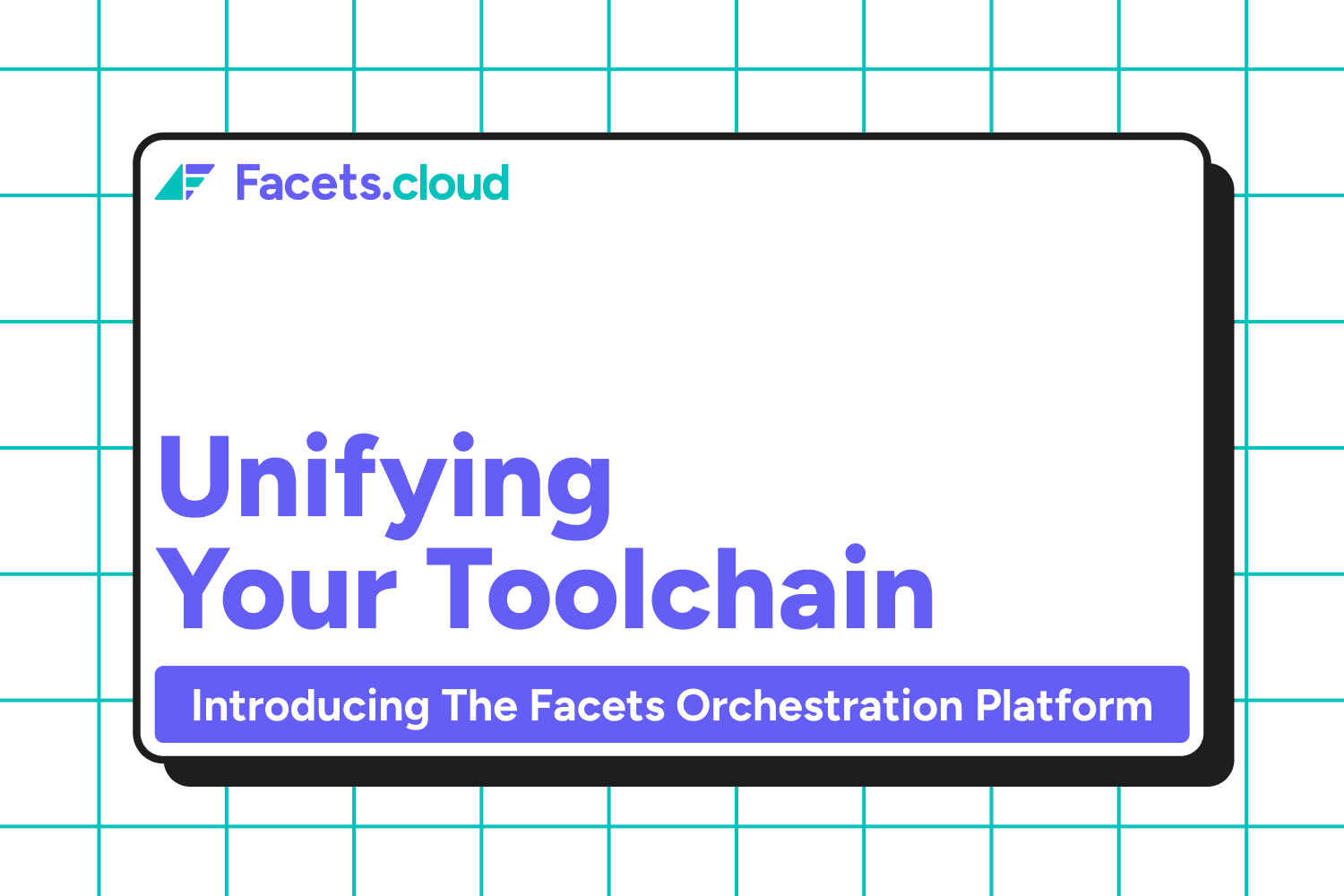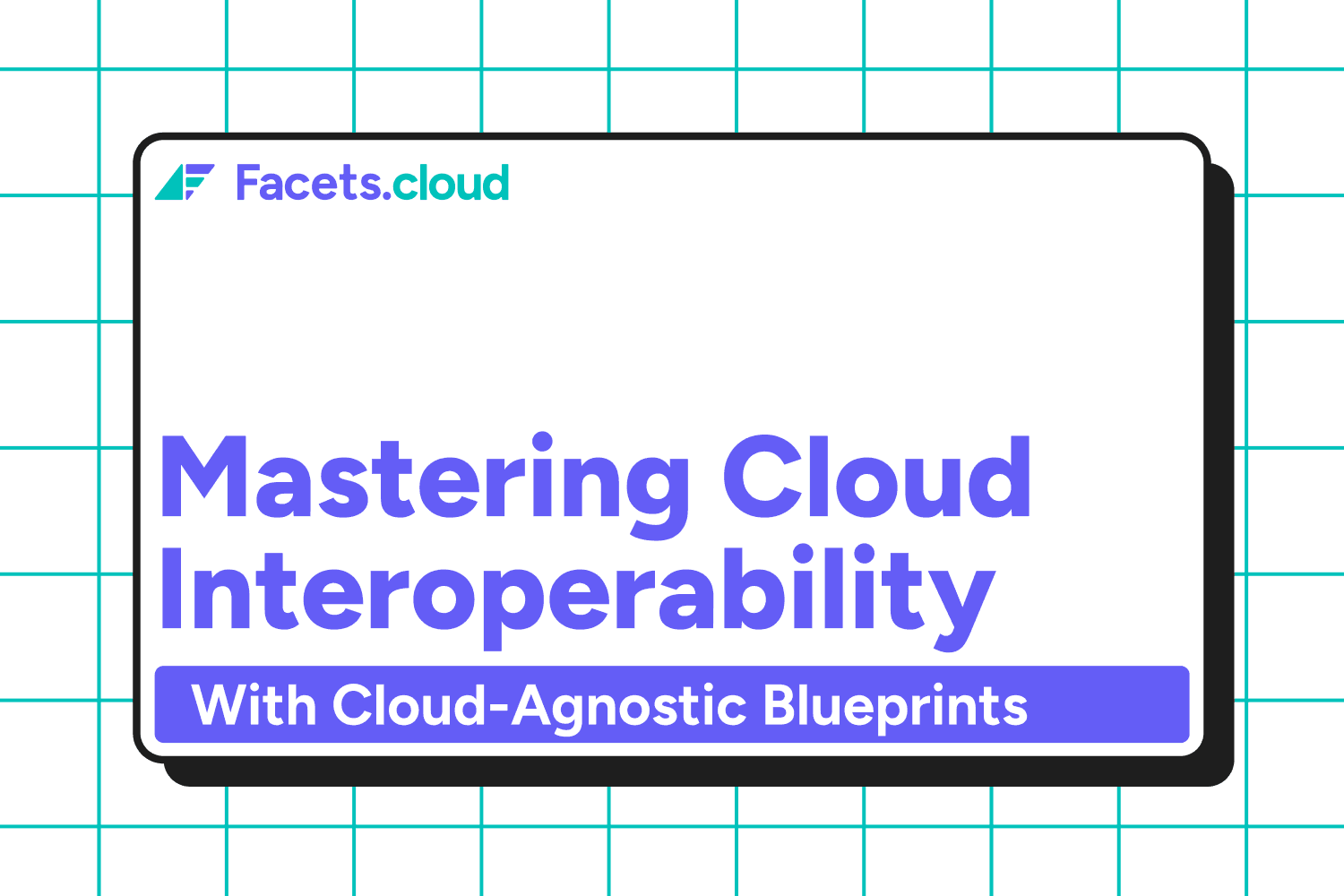In the first part of this series, we explored the challenges associated with traditional configuration and secret management, including manual updates, scattered secrets, and security vulnerabilities. In this part, we'll explore how Infrastructure as Code (IaC) can address these challenges by automating configurations and securely managing secrets across environments.
Why Secrets Management Matters
Secrets are sensitive pieces of information required for applications to function correctly. They typically fall into two categories:
- External Secrets: Credentials and keys needed to access external resources or services, such as third-party API keys for services, observability systems, etc.
- Internal Secrets: Sensitive data used within the application's ecosystem, like database passwords, inter-service auth tokens, etc.
Mismanagement of these secrets can lead to security vulnerabilities, operational inefficiencies, and deployment inconsistencies.
How IaC Addresses Secret Management Challenges
Full Context Awareness
IaC tools define and manage infrastructure resources, generating most internal secret values. By integrating secret management into the IaC workflow:
Secrets are created and consumed within the infrastructure's context, preventing misuse outside the code.
IaC ensures the fulfilment of secrets for applications without any manual intervention. This is especially relevant for the secrets that are created by IaC itself, like Database Passwords, IAM roles, etc.
Consistent Secret Provisioning
By defining infrastructure and its dependencies, IaC can standardize secret management across environments:
Automated fulfilment of secrets such as database passwords and IAM roles.
Elimination of manual interventions during deployment.
Integration with Secret Stores
IaC integrates with secret management systems like AWS Secrets Manager, HashiCorp Vault, and Kubernetes Secrets to securely store and retrieve sensitive information. This ensures a centralized, secure repository for all secrets.
Centralized External Secret Fulfilment
Leveraging IaC for external secret management offers significant benefits:
- Single Source of Truth: Secrets are defined and managed in one place, making it easier to maintain and audit them.
- Environment-Specific Customization: While maintaining a centralized definition, IaC allows for environment-specific values (e.g., different API keys for development, staging, and production environments).
- Isolation: IaC ensures that secrets are isolated and only accessible by authorized applications, preventing cross-environment access.
Decoupling Secrets from Applications
In traditional setups, applications often directly access secrets, which poses security risks and increases complexity, as each application should have access to a central secret store and write code to retrieve value. With secrets management through IaC, we can decouple secrets from application code by:
- Injecting Secrets at Deployment Time: Secrets are provided to applications during the deployment process, eliminating the need for applications to fetch or manage secrets themselves.
- Using Standardized Access Methods: Applications access secrets through environment variables or mounted files, IaC is responsible for fulfilling the right value at the runtime from the secret store.
Templated Configuration Files with IaC
Challenges with Traditional Configuration Management
Applications often rely on separate configuration files for each environment, which:
Increases the risk of errors.
Requires coordination between teams to ensure correct values.
IaC Solution: Templated Configurations
IaC allows for the creation of environment-agnostic configuration templates, filled with actual values during deployment. Benefits include:
Simplified Management: One template serves all environments.
Eliminated Configuration Drift: IaC ensures consistent values across environments.
IaC’s Role in Template Fulfilment
During deployment, IaC processes templates by:
Resolving Placeholders: IaC replaces placeholders with the actual secrets and configuration values appropriate for the target environment.
Ensuring Integrity: By controlling the template processing, IaC ensures that only valid and authorized values are injected, enhancing security.
Automating Wiring: The configurations are then provisioned to the appropriate services as environment variables or config maps from Kubernetes Secrets.
Enhancing Developer Experience with IaC
- Secret Key Catalogs: IaC can maintain a catalog of available Secret Keys and their descriptions, serving as a reference for developers.
- Validation Tools: Before deployment, IaC can validate that all placeholders in the templates have corresponding values, preventing runtime errors due to missing configurations.
- Developer Support: Integration with development tools can provide autocomplete suggestions and syntax checking, improving productivity and reducing mistakes.
Before and After: Example of Templatizing Configuration Files
Before Templatization (Separate Config files)
# dev-config.yaml
api_key: dev-12345
host: dev.example.com
# prod-config.yaml
api_key: prod-67890
host: prod.example.com
After Templatization
# config-template.yaml
api_key: { {API_KEY} }
host: { {HOST} }
Benefits of Adopting IaC for Configuration and Secrets Management
Enhanced Security
- Reduced Exposure of Secrets: By removing hard-coded secrets from configurations and avoiding manual handovers, the risk of accidental exposure is minimized.
- Centralized Access Control: IaC allows for fine-grained control over who can access and modify External secrets, supporting compliance and auditing requirements.
- Automated Secret Rotation: IaC can facilitate the regular rotation of secrets, enhancing security without imposing additional workload on developers. Like Database passwords etc.
Increased Operational Efficiency
- Automation of Repetitive Tasks: Routine tasks like provisioning resources and injecting secrets are automated, freeing up time for more strategic activities.
- Consistency and Reliability: Automated processes reduce human error, leading to more reliable deployments and consistent environments.
- Faster Deployment Cycles: Streamlined processes enable quicker deployments, allowing teams to move fast.
Improved Scalability and Flexibility
- Easier Scaling: New infrastructure and environments can be provisioned programmatically, with configurations and secrets managed by IaC. (Remember the last time you had to launch feature environments how many configs you had to change especially in case of a large number of microservices)
- Multi-Environment Support: Managing multiple environments becomes more straightforward, as configurations and secrets are not manually fulfilled and are guaranteed
- Cloud-Agnostic Deployments: IaC can abstract underlying cloud provider specifics, enabling more effortless migration between different cloud platforms, if needed.
Better Collaboration and Transparency
- Version Control Integration: IaC code can be stored in version control systems, providing a history of changes and facilitating collaboration among team members.
- Clear Separation of Concerns: Developers can focus on application logic, while IaC manages infrastructure and configurations, but without having explicit dependencies and hence enhancing productivity.
Conclusion
By embracing Infrastructure as Code for configuration and secrets management, organizations can overcome the challenges of traditional methods. IaC provides a robust framework for:
- Centralizing Secrets Management: Ensuring that secrets are managed consistently and securely across all environments.
- Automating Configuration Management: Reducing manual effort, minimizing errors, and speeding up deployment cycles.
- Enhancing Security and Compliance: Implementing best practices for secret handling, access control, and auditing.
- Improving Scalability and Flexibility: Facilitating easy scaling and adaptation to changing business needs.
In the next part of this series, we'll explore why you should use IaC to deploy your applications, delving into how IaC can further streamline deployment processes, enhance consistency, and support modern development practices.
Stay Tuned for Part 3: Why You Should Use IaC to Deploy Your Applications


